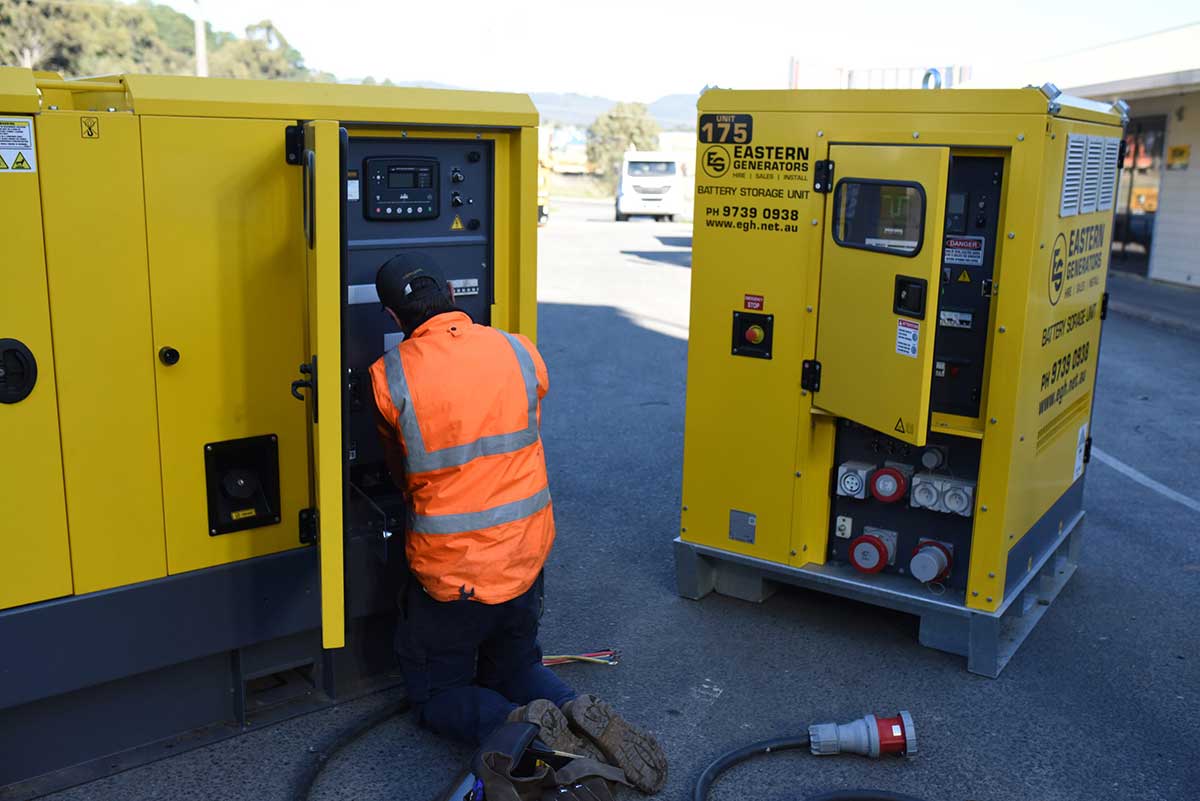When it comes to reliable power sources, generator maintenance is key. Regular upkeep ensures that your generator functions optimally and provides uninterrupted power in times of need. Neglecting maintenance can lead to costly repairs, decreased performance, and even complete failure. In this comprehensive guide, we will explore the importance of generator maintenance and provide you with a step-by-step checklist to keep your generator in top shape.
Benefits of Regular Maintenance
Investing in preventative care for your generator is akin to securing a trusted ally that guarantees uninterrupted power when you need it most. The benefits of this proactive approach to maintenance are manifold:
Long-Term Savings
Regular maintenance is an investment that pays off in the long run. By proactively addressing minor issues and ensuring that components are in optimal condition, you can avoid major, costly repairs or the need for premature generator replacement. This not only protects your finances but also provides cost-effective longevity for your power source.
Dependable Performance
A well-maintained generator is a reliable workhorse, ready to kick into action during power outages or emergencies. The peace of mind that comes with knowing your generator will function seamlessly when needed is invaluable. Whether it’s an unexpected outage or a planned shutdown, your generator becomes a steadfast companion.
Extended Lifespan
Generators can be a significant investment, and ensuring they stand the test of time is crucial. Regular maintenance allows you to maximise the lifespan of your generator, safeguarding your initial investment and delaying the need for a replacement. This means you can rely on your generator for years to come without the worry of costly replacements.
Peak Performance
When the lights go out or critical systems need uninterrupted power, a well-maintained generator performs at its peak. It’s like having a dependable partner that won’t let you down in a crucial moment. Proper maintenance ensures your generator is ready to deliver the power you need, when you need it, making it a valuable asset to any home or business.
Incorporating preventative care into your generator maintenance routine is more than just a checklist of tasks; it’s a strategy to safeguard your power source, your finances, and your peace of mind. With the assurance of dependable performance and prolonged lifespan, your generator becomes an indispensable asset in ensuring uninterrupted power during any situation.
5 Common Generator Problems
Without regular maintenance, generators are susceptible to a range of issues that can have a significant impact on their performance and longevity. Here are five common generator problems that can arise when maintenance is neglected:
Fuel System Clogs
Over time, contaminants can accumulate in the fuel system, causing clogs and hindering the flow of fuel to the generator’s engine. This can result in poor engine performance, difficulty starting, and even engine damage.
Battery Failure
Generator batteries play a crucial role in starting the unit. Without proper maintenance, batteries can become discharged or fail altogether. When this happens, the generator may not start when needed, leaving you without backup power.
Coolant Leaks
Coolant leaks can lead to overheating and damage to the generator’s engine. Regular maintenance includes checking for and addressing any coolant leaks to ensure the generator operates within safe temperature limits.
Electrical Component Malfunctions
Generators rely on a range of electrical components to function correctly. Over time, these components can wear out or develop faults, resulting in unreliable performance and potential system failure.
Decreased Fuel Efficiency
Neglecting maintenance can lead to decreased fuel efficiency, meaning the generator consumes more fuel than necessary to produce the same amount of power. This not only increases operating costs but also places additional stress on the generator’s engine.
It is crucial to avoid these issues by implementing a comprehensive maintenance routine that includes regular inspections, cleaning, and component checks. By addressing potential problems proactively, you can ensure that your generator operates reliably when you need it most.
Essential Maintenance Tasks
To keep your generator running smoothly, it is essential to perform regular maintenance tasks. Here is a detailed checklist to guide you:
Inspections
- Regularly inspect the exhaust system for leaks, cracks, and excessive heat.
- Check the fuel system, including supply lines, filters, and fittings, for any signs of damage or leaks.
- Inspect the air intake system, ensuring that the air cleaner filter elements are clean and in good condition.
- Check the battery terminals for corrosion and clean them if necessary.
- Monitor fluid levels, including oil, coolant, and fuel, and top them up as needed.
Cleaning
- Clean the generator’s exterior, removing any debris or dirt that could hinder performance.
- Clean the battery terminals and connections to prevent corrosion and ensure a reliable start.
Testing
- Test the starting batteries regularly to ensure they are charged and capable of providing adequate power.
- Perform load bank testing to assess the generator’s capacity and identify any potential issues.
- Verify the control panel readings and indicators to ensure accurate monitoring of the generator’s performance.
Component Upgrades
- Replace worn-out parts or upgrade components as recommended by the manufacturer to enhance performance and reliability.
Frequency of Maintenance
The frequency of maintenance tasks may vary depending on the type and usage of your generator. However, here is a general maintenance schedule to help you stay on track:
- Daily:
Perform visual inspections for any obvious issues, such as leaks or unusual sounds.
Check fuel levels and ensure the generator is adequately fueled.
- Weekly:
Inspect the air intake system and clean or replace the air cleaner filter elements if necessary.
Test the starting batteries and verify the control panel readings.
- Monthly:
Conduct a more thorough inspection, checking for any signs of wear or damage.
Clean the generator’s exterior and battery terminals.
Test the generator’s performance with load bank testing.
- Annually:
Schedule professional maintenance to perform more in-depth inspections, cleanings, and testing.
Professional Maintenance vs. DIY
When it comes to generator maintenance, the choice between professional services and DIY (Do-It-Yourself) tasks depends on the complexity of the job and the expertise of the generator owner. Understanding the distinction between the two can help ensure that your generator receives the care it needs without compromising safety and performance.
Professional Maintenance
Extensive Repairs
When your generator experiences significant issues or requires extensive repairs, it’s advisable to enlist the expertise of professional maintenance services. These experts have the knowledge, experience, and specialised tools to diagnose and address complex problems effectively.
Component Replacements
If critical components within the generator need replacement, such as the engine or electrical systems, professional technicians can ensure the correct installation and functioning of these components. This is vital to maintaining the generator’s reliability.
Load Bank Testing
Load bank testing is a critical procedure to assess a generator’s performance under various loads. It’s a complex process that should be conducted by professionals who can accurately interpret the results and make necessary adjustments.
DIY Maintenance
Visual Inspections
Routine visual inspections are tasks that generator owners can perform with the guidance of the manufacturer’s maintenance guidelines. This includes checking for loose connections, visible wear and tear, and signs of leaks or damage.
Cleaning
Keeping the generator and its surroundings clean is essential to prevent dust and debris buildup. Regular cleaning of air filters and cooling systems is a basic maintenance task that can be undertaken by the owner.
Battery Checks
Monitoring the condition of the generator’s battery is a relatively simple DIY task. Owners can routinely check battery voltage and connections to ensure they are in good condition.
Fluid Checks
Regularly inspecting fluid levels, such as coolant and oil, can be performed by the owner to ensure they are at the recommended levels. However, professional technicians should handle tasks like coolant flushes or major fluid replacements.
While some maintenance tasks can be performed by the generator owner, it’s essential to recognize the limits of DIY maintenance. For more complex tasks, extensive repairs, component replacements, or load bank testing, seeking the expertise of professional maintenance services is recommended. This approach ensures that your generator receives the necessary care and attention it requires for reliable performance during power outages and emergencies.
Fuel System Maintenance
The fuel system is a critical component of a generator, and proper maintenance is essential for optimal performance. Here are some guidelines for fuel system care:
- Use clean, high-quality fuel and store it in a well-ventilated area away from ignition sources.
- Regularly inspect the fuel supply lines, filters, and fittings for any signs of damage or leaks.
- Drain and clean the fuel tank periodically to remove any sediment or water buildup.
- Consider using fuel stabilisers to prolong the shelf life of stored fuel.
- Follow the manufacturer’s recommendations for fuel filter replacement intervals.
Battery Maintenance
For generators with electric start capabilities, battery maintenance is crucial to ensure reliable starting. Here are some steps to keep your batteries in good condition:
- Regularly check the battery terminals for corrosion and clean them with a solution of baking soda and water if necessary.
- Inspect the battery for any signs of damage or leaks.
- Test the battery’s charge level and recharge if needed.
- Replace the battery if it no longer holds a proper charge or shows signs of deterioration.
Cooling System Maintenance
The cooling system plays a vital role in maintaining optimal generator performance. Here are some guidelines for cooling system maintenance:
- Regularly check the coolant level and top it up if necessary.
- Inspect the radiator for any obstructions or debris and clean it using a soft brush or compressed air.
- Follow the manufacturer’s recommendations for coolant type and replacement intervals.
- Monitor the temperature gauge during operation to ensure the generator is not overheating.
Testing and Load Bank Testing
Regular testing is essential to verify the functionality and reliability of your generator. Load bank testing, in particular, can help identify any issues and ensure the generator can handle its full load capacity. Here’s what you need to know:
- Test the generator’s performance regularly by simulating a power outage and ensuring it starts and operates smoothly.
- Consider conducting load bank testing to assess the generator’s capacity and identify any potential issues.
- Load bank testing involves applying a simulated load to the generator to test its electrical and mechanical performance.
Empower Your Generator’s Performance with Proactive Maintenance
Proper generator maintenance is crucial for ensuring a reliable power source when you need it most. By following a comprehensive maintenance routine and addressing any issues promptly, you can extend the lifespan of your generator and avoid costly repairs or replacements.
Remember to consult the manufacturer’s guidelines and seek professional assistance when necessary. Take proactive steps to care for your generator, and it will provide you with uninterrupted power for years to come.

